Capturing images of birds is a highly favoured category in the field of nature photography. It’s not hard to see why since birdwatching is a widespread hobby enjoyed by many. Birds possess the unique ability to soar through the air and their lives are filled with moments of pure joy, making them symbols of melody and movement, elegance and charm.
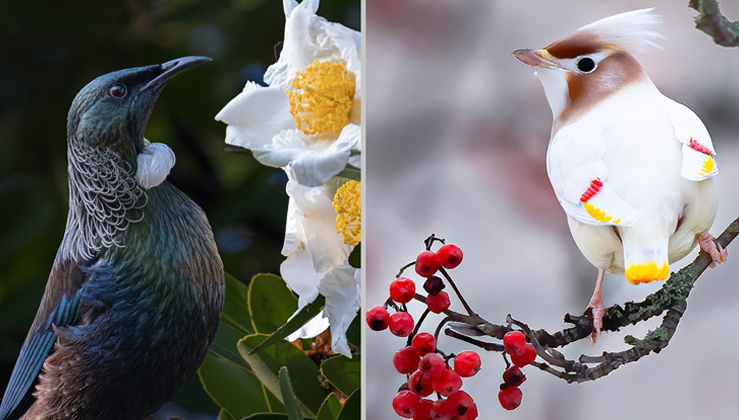
Capturing breathtaking bird photography is no easy feat, as it demands both expertise and specialized gear. It’s not a matter of merely pointing and clicking a camera. To create stunning avian images, photographers must possess exceptional skills. Here, we’ve put together a collection of the most impressive bird photos snapped by seasoned professionals. We present to you, the Most Beautiful Birds in the World.

The Taiwan rosefinch, or Carpodacus formosanus, is a type of finch that belongs to the Fringillidae family. It was once regarded as a subspecies of the vinaceous rosefinch and can only be found in Taiwan. This bird prefers to live in temperate forests as well as subtropical or tropical dry forests.
On March 19th, the date was marked as three out of nineteen.
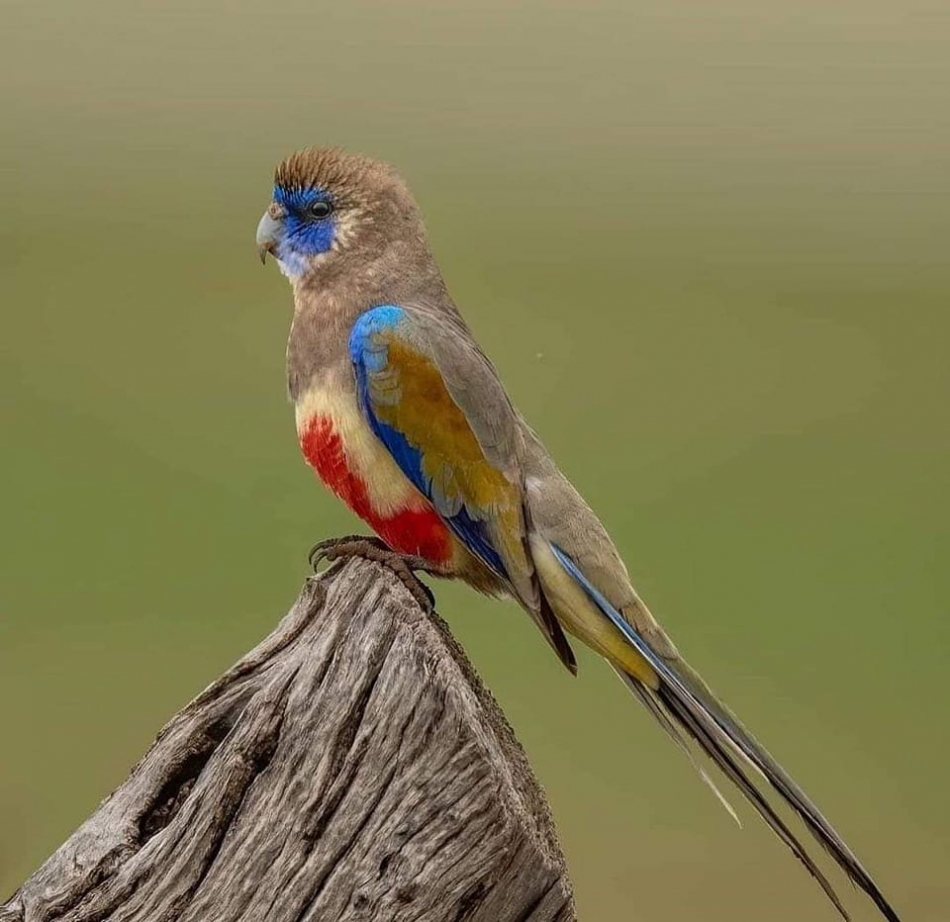
The Northiella haematogaster, commonly known as the Eastern Bluebonnet or Greater Bluebonnet, is a small parrot species native to Australia. It was initially classified as Psephotus haematogaster, but it was later reclassified under the Northiella genus in 1994. These birds form strong bonds for life, and they are usually seen in pairs or small flocks of up to 20 individuals. While breeders in Europe commonly keep them, they are less prevalent in the United States. The image credit goes to Deepak Karra.

The speckled tanager, scientifically known as Ixothraupis guttata, is a charming bird that belongs to the passerine family. It is of medium size and can be found in various areas such as Trinidad, Costa Rica, Guyana, Venezuela, Colombia, Suriname, and the northernmost part of Brazil. There have been sightings of this bird in different regions, including French Guiana. The adult speckled tanager is approximately 13.2 cm long and weighs about 18 g, boasting an attractive green upperpart with black spots. The face is yellow with a black line running from the eye to the gape, black-edged green wings and tail, white underparts with black spots. Males and females share similar features. This bird’s flight call is a gentle metallic chirping tsip.
Let’s reword the given content to make it original and avoid plagiarism. We will use a relaxed writing style while keeping the language in English.
Rewritten:
How about we rephrase the provided content to make it our own and avoid plagiarism? We can adopt a casual writing tone while sticking to the English language.
Score: 5 out of 19.
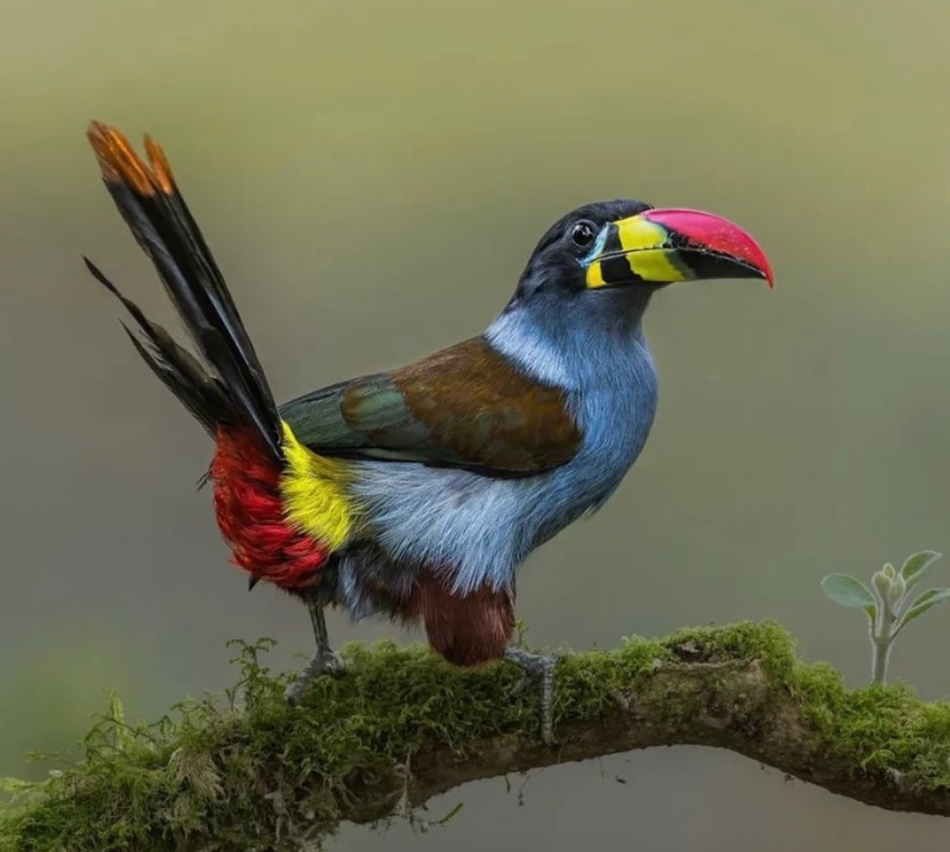
The grey-breasted mountain toucan, also known as Andigena hypoglauca, is a type of bird that belongs to the Ramphastidae family. They are usually found in humid highland forests located at the tops of trees in the Andes region of Colombia, Ecuador, and Peru. Although they are still fairly common in some areas, their population has significantly decreased due to habitat loss. These birds have a diverse diet, which includes various fruits and berries. Interestingly, they are more likely than other large toucans to leave the canopy to eat raspberries near the base of trees. During flight, they tend to remain quiet and are often seen foraging with other bird species such as tanagers, thrushes, and icterids. This behavior is unusual for toucans. Unfortunately, very little information is available about the life history of this bird species.
Rewritten:
Credit for the image goes to Jainy Maria.
The date is June 19th.
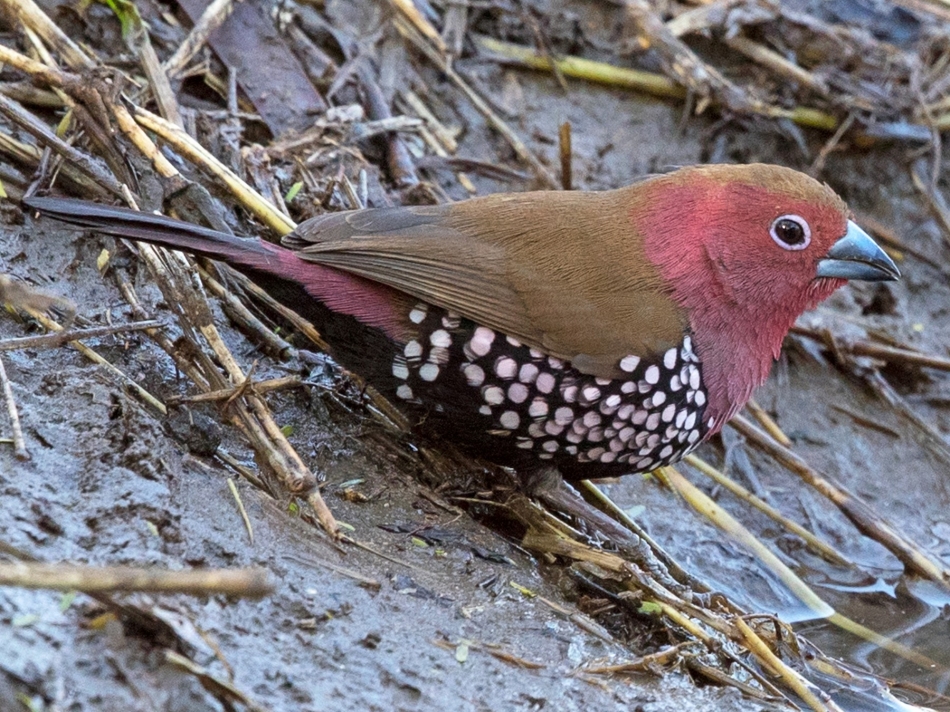
The Pink-throated Twinspot is a unique bird that can only be found in the Southern Africa region. It is limited to areas from Southern Mozambique through Eastern Eswatini down to the Northern Kwazulu-Natal coastline. This bird species can easily be distinguished by its pink face, throat, breast, and rump, with a brown crown and back. It prefers dry tropical and sub-tropical thickets, dense woodland, and forest edges, unlike the Green Twinspot. The female Pink-throated Twinspot has a greyish tone to its head and throat. Meanwhile, the Green Twinspot is a shy forest bird species that can be found in moist forests, woodland, and coastal scrub during winter. Its distinguishing characteristics include its green upperparts, insect-like call, and red face for males. These differences set it apart from the Pink-throated Twinspot.
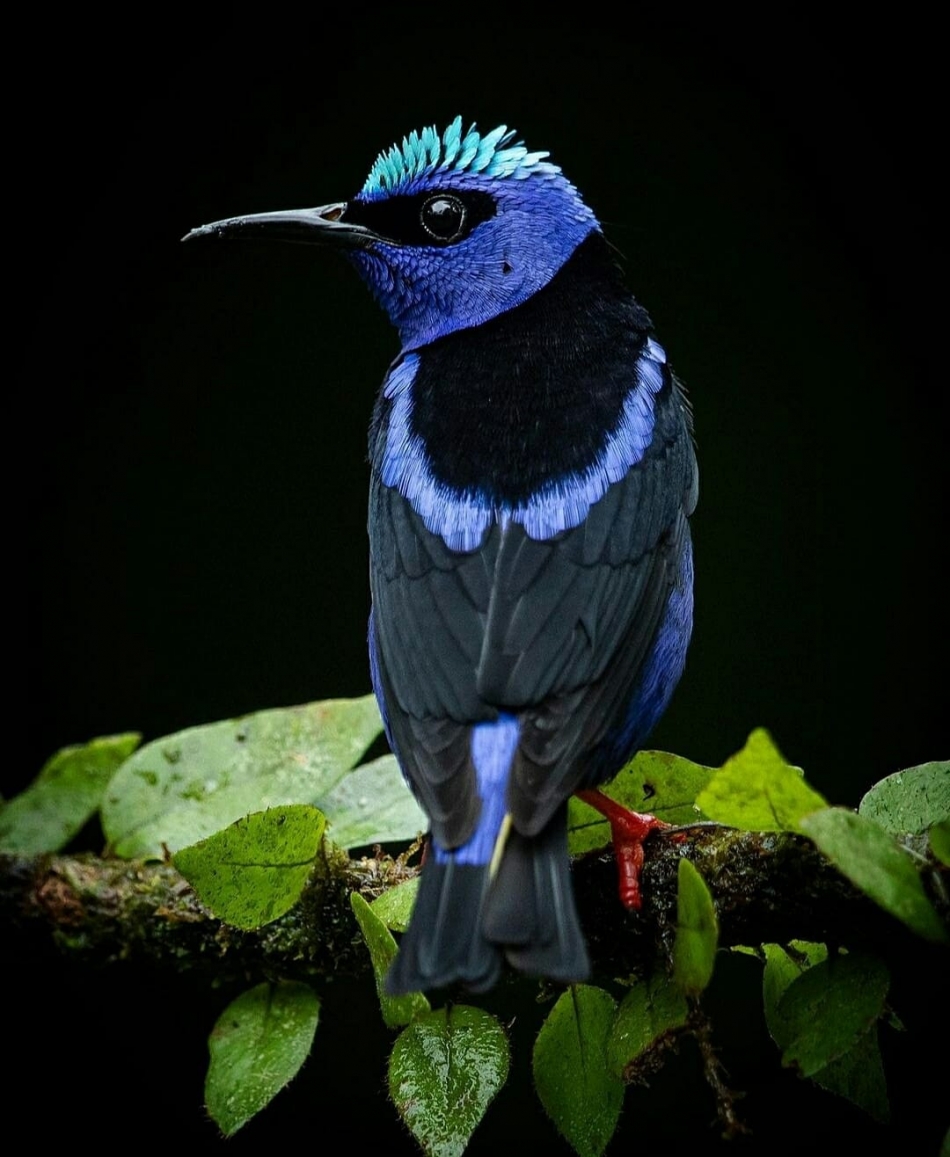
The Red-legged Honeycreeper, scientifically known as Cyanerpes cyaneus, can be found in the areas spanning from southern Mexico to central Bolivia and Brazil. A group of these birds are also found in the Atlantic rainforest in southeastern Brazil. These birds are quite small, measuring only about 12-13 cm and weighing around 14 g. They usually inhabit the edges of rainforests and swamp forests, as well as open dry woodlands, savannas, rural areas, and plantations. They can be seen up to an altitude of 1,200 m above sea level. The female bird constructs a cup-shaped nest from spider webs, which is placed in a tree fork. Her nest contains 2-3 white eggs that have brown blotches. She incubates these eggs alone for almost two weeks. The parents feed the chicks until they are ready to fledge, which happens around 14 days after hatching. Each pair of Red-legged Honeycreepers can raise 2-3 broods per year. Fortunately, this species is not endangered, and is categorized as Least Concern by the IUCN. Credit for the image goes to Jeffrey Munoz.
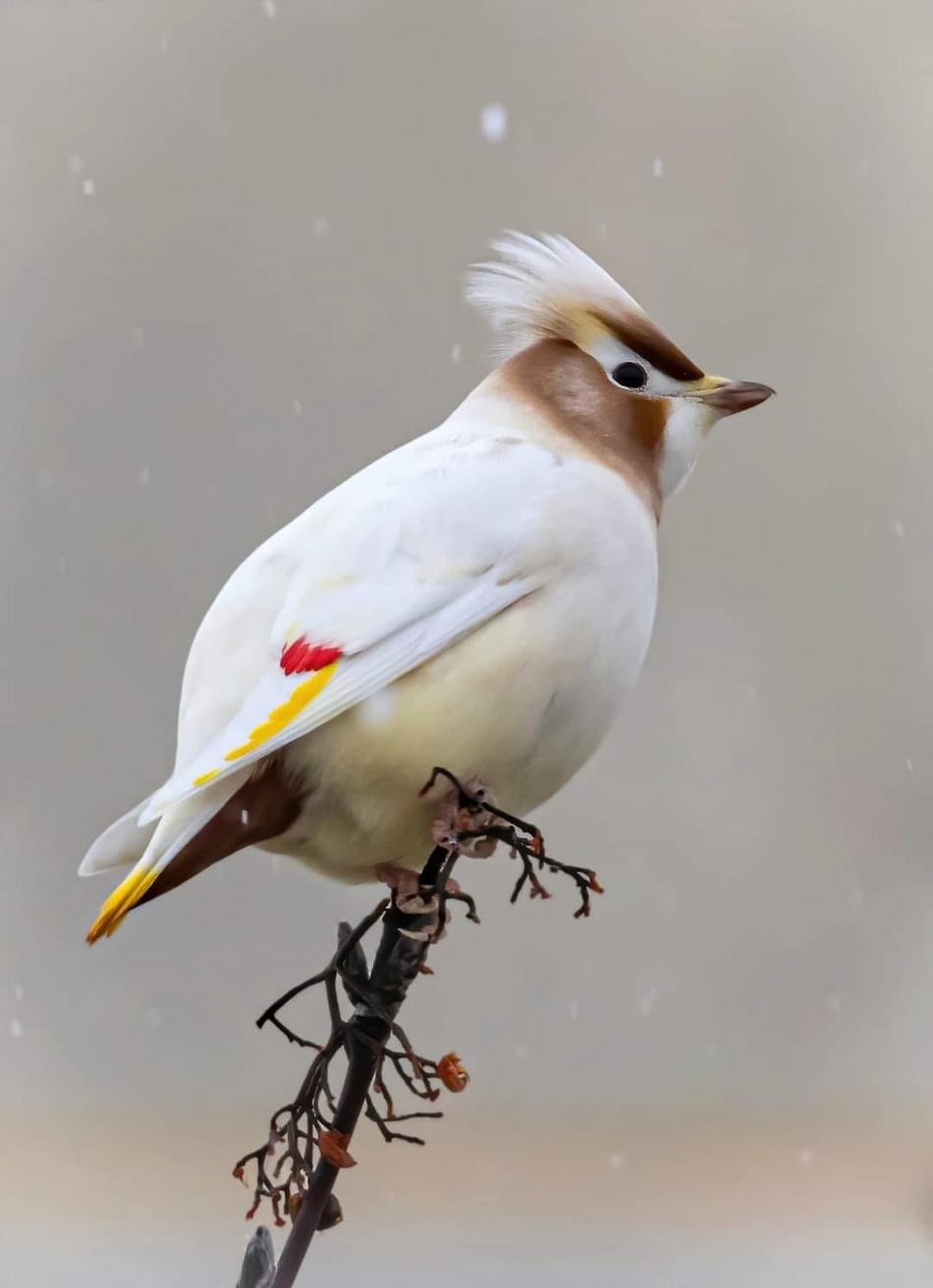
The Leucistic Bohemian Waxwing (Bombycilla garrulous) is a unique bird with an interesting mutation that causes partial loss of pigment. Unlike albinism, which results in total loss of pigment, this mutation only affects part of the bird’s coloration. The Bohemian Waxwing (Bombycilla garrulus) is a vagrant bird in India and measures 18 cm in size. Although its name suggests it originates from Bohemia, it actually gets its name from its wandering nature. These birds tend to live in open, coniferous-deciduous forests in tame and gregarious flocks. They have a fruit-heavy diet throughout the year, but during warm months, insects make up most of their diet. The image credit for this beautiful bird goes to Arsi Ikonen.
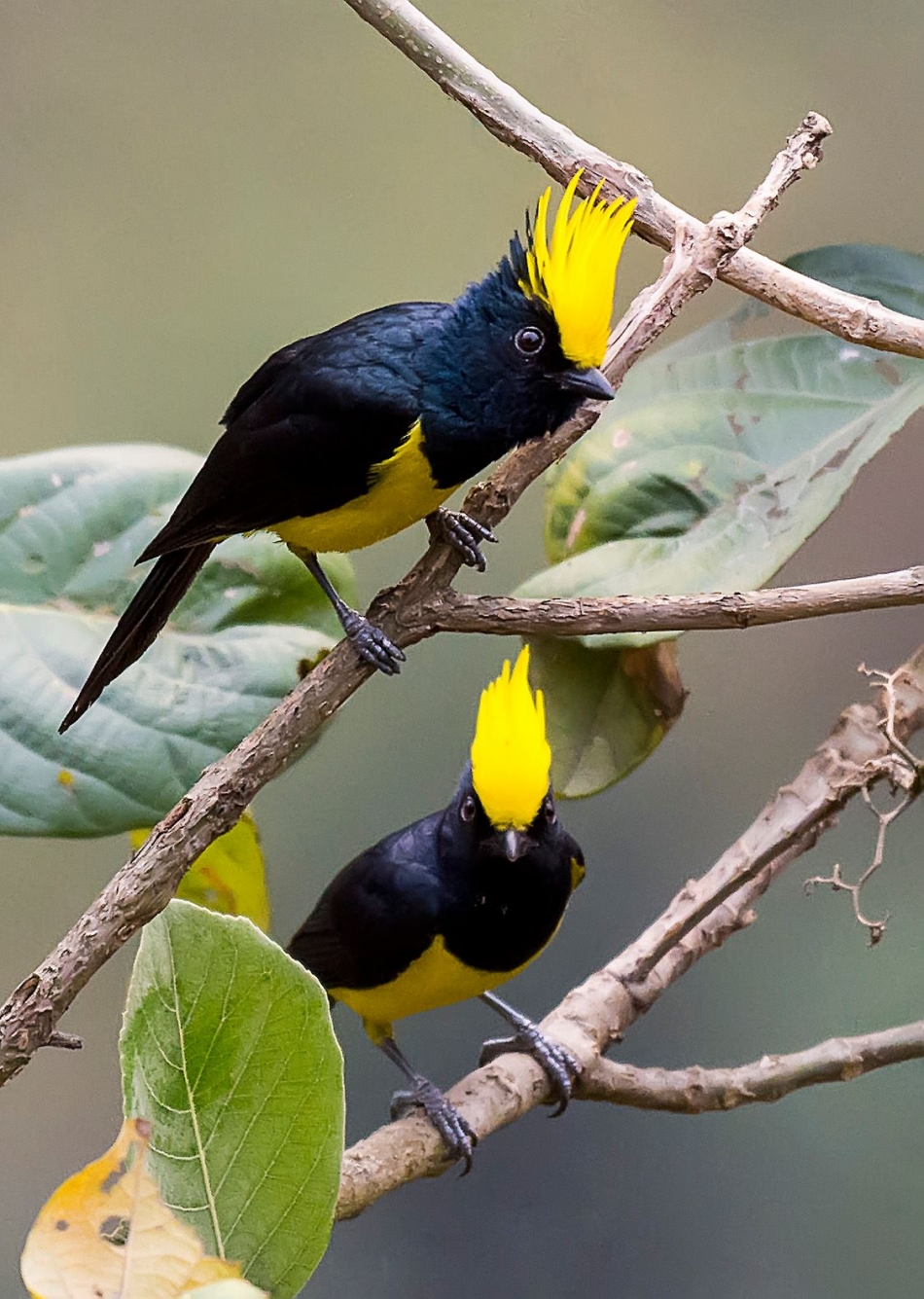
The Sultan Tit, also known as Melanochlora sultanea, is a forest bird found in Asia. It has a distinct appearance with its yellow crest, black upperparts plumage, yellow underparts, and dark bill. Both male and female birds look alike, but the female has a slightly different coloration with greenish-black upperparts and a yellowish throat. The juveniles have shorter crests and are not as bright as the adults. This bird belongs to the Melanochlora genus, which is quite different from Parus tits, and its closest relative is Sylviparus. The Sultan Tit is widely spread across its large range, and it can be found in suitable habitats, so its conservation status is Least Concern according to the IUCN Red List of Threatened Species. The photo credit for the image goes to Papan Nandi.
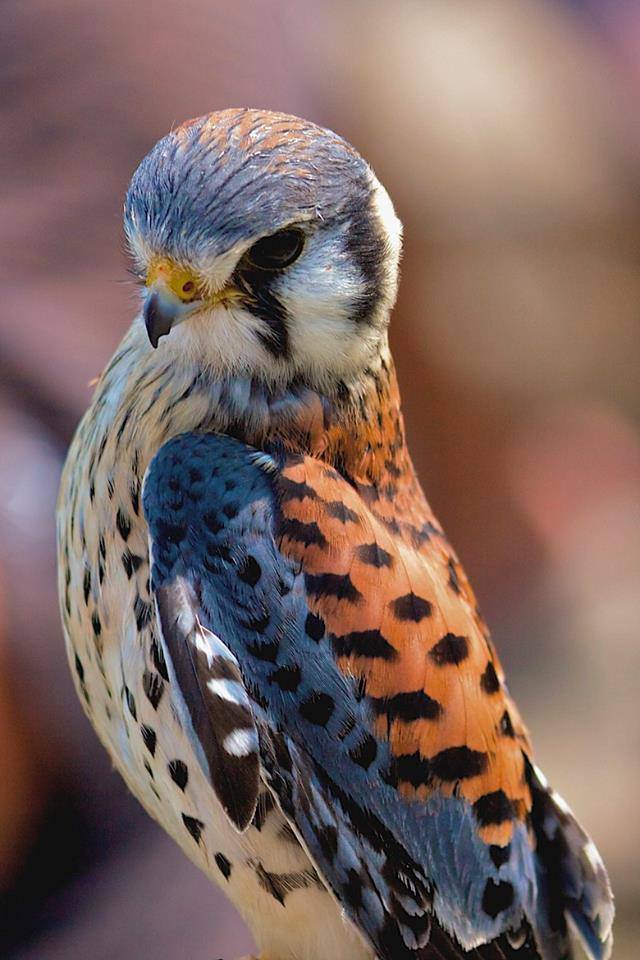
The American Kestrel, also known as Falco sparverius, is the tiniest and most widespread falcon in North America. While the female kestrel is slightly larger and has a rufous color on its back and wings, the male kestrel has blue-gray wings. Both sexes have double black stripes on their white faces. Some people refer to kestrels as Sparrow Hawks or killy hawks. Kestrels are cavity nesters but they cannot create their own nests. They prefer natural tree cavities, old woodpecker holes, rock crevices, and nooks in buildings. Fortunately, they take to nest boxes very well. You can find kestrel nest sites along wood edges or in the middle of open areas. The 2015 Maryland State Wildlife Action Plan has designated the American Kestrel as a Species of Greatest Conservation Need. By providing nest boxes in appropriate habitat, Maryland landowners in agricultural communities can aid in securing the future of this small falcon.
The photo credit is attributed to Murray MacLeod in this article.
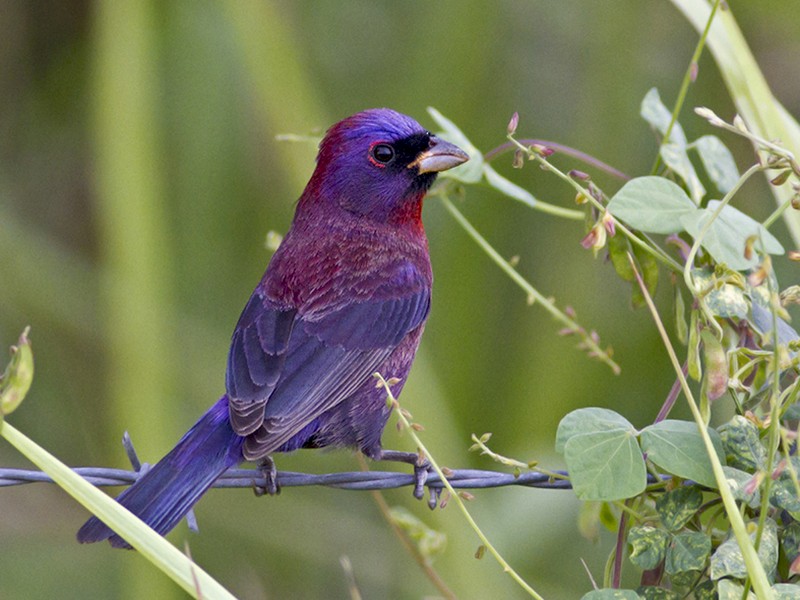
The Varied Bunting, scientifically known as Passerina versicolor, is a delightful songbird belonging to the cardinal bird family’s Passeriformes order. These tiny creatures thrive in dense and thorny habitats but avoid crowded areas. They are not shy and can be seen in abundance within their range. Their striking and unique appearance sets them apart, and they are widely distributed across North America, especially in Texas. The Buntings’ songs are loud and can be heard from a distance. What’s interesting about this species is that they can fly from sea level to 4000 ft (1220 m) elevation. If you’re curious to learn more about these beautiful birds, we’ve got you covered with some fascinating, entertaining, and informative facts about the Varied Bunting.

The Cattle Egret, scientifically known as Bubulcus ibis, is a type of heron found in warm regions across the globe. It stands alone as the only member of the Bubulcus genus, although experts debate whether its two subspecies should be considered separate species – the Western and Eastern Cattle Egrets. Despite resembling Egretta egrets in appearance, it is more closely related to Ardea herons. While originally hailing from parts of Africa, Asia, and Europe, it has rapidly expanded its territory and can now be found throughout much of the world.

The Blue Whistling Thrush, scientifically known as Myophonus caeruleus, is a unique bird species found in the Central Asian, Chinese, and Southeast Asian mountain ranges. Its most distinctive feature is its human-like whistling song that echoes through the mountains at dawn and dusk. The Blue Whistling Thrush comes in different sizes and variations of plumage across its widely distributed populations, with several subspecies identified. These birds typically feed on the ground, often in damp areas along streams, where they forage for snails, crabs, fruits, and insects, like others in their genus.

The Aethopyga nipalensis, also known as the green-tailed sunbird or Nepal yellow-backed sunbird, belongs to the family Nectariniidae. With its vast range, this species is not considered vulnerable under the Extent of Occurrence criterion, which states that a decline of 30% over ten years or three generations would classify a species as vulnerable. Additionally, the population size of this species has not been measured, but it is believed to not meet the criteria for vulnerability under the population size criterion, which considers a 10% decrease over ten years or three generations, with a specified population structure. Therefore, the green-tailed sunbird is classified as a species of Least Concern.
Credit for the image goes to Prasenjit Dutta, who captured this stunning photo. Out of a total of 19 images, this is the fifteenth one.

The laughing dove, also known as Spilopelia senegalensis, is a little pigeon that resides in Africa, the Middle East, South Asia, and Western Australia. It has even established itself in the wild around Perth and Fremantle. This bird with a long tail can be spotted in dry scrub and semi-desert habitats where they feed on the ground. You can easily identify this dove by its rufous and black chequered necklace and distinctive call. Other names for this bird include the laughing turtle dove, palm dove, Senegal dove, and sometimes referred to as the little brown dove in Asia. Image credit goes to Raju Karia.

Meet the Chinspot Batis (Batis molitor), a delightful little songbird belonging to the Platysteiridae family and commonly found in woodlands throughout southern Africa. Its range extends from the Eastern Cape all the way up to southern Kenya and Gabon. One interesting fact about this bird is that it forms a superspecies with other members of the Batis genus that look quite similar. In terms of physical appearance, the Chinspot Batis is a compact little bird measuring around 12-13 cm in length, with a distinctive black mask on its face, a short white eyestripe, and a grey cap. The upperparts are grey with a prominent white wingstripe, while the underparts are white with a black breast band in males or a chestnut breast band and spot on the throat in females. Young birds resemble females but have tawny breast bands and spots on the throat. The Chinspot Batis has yellow eyes and black legs and bill. Check out this lovely image by Tristan Masterton!

The ruby-topaz hummingbird, also known as Chrysolampis mosquitus, is a type of hummingbird that belongs to the subfamily Polytminae or mangoes. It can be found in various countries such as Aruba, Bolivia, Brazil, Colombia, Curacao, French Guiana, Guyana, Panama, Suriname, Trinidad and Tobago, and Venezuela. This bird is relatively small, being only 8 to 9.5 cm long and weighing around 2.5 to 5 g. Its bill is almost straight and black, but short compared to other hummingbirds. The male has dark brown upper parts with an olive sheen and a ruby red crown and nape. It has an iridescent golden throat and breast but sometimes has an emerald green color. It usually inhabits open savannas, shrubby arid hillsides, gardens, and cultivated areas. Although it can be found up to 1,700 m above sea level, it mostly occurs below 500 m. According to the IUCN, this bird is of Least Concern, although its population size and trend are unknown. It is commonly seen in lowlands and coastal ranges and is known to thrive in human-made habitats.

The Brazilian Tanager, scientifically known as Ramphocelus bresilius, is a bird species belonging to the Thraupidae family. These birds can only be found in the eastern part of Brazil and the far northeastern region of Argentina, mainly along the coastal areas ranging from Paraíba to Santa Catarina and Misiones. The Swedish naturalist, Carl Linnaeus, first described these birds in 1766 and named them Tanagra bresilia in the twelfth edition of his book, Systema Naturae. Later on, in 1805, the French zoologist Anselme Gaëtan Desmarest reclassified them and introduced the genus Ramphocelus. With a weight ranging from 28-35.5 grams and an average length of 18 centimeters, Brazilian Tanagers possess sexually dimorphic plumage and have a robust bill. Males showcase bright red feathers with black wings and tails while females have mostly grey-brown feathers with brown-red bellies and breasts.

The tùī is a lively bird that can be found in New Zealand. Their unique appearance includes blue, green, and bronze feathers with a white tuft on their throat. This species, Prosthemadera novaeseelandiae, is exclusive to New Zealand and is the only one in its genus. Although it is one of the larger birds in the Meliphagidae family, there are only two species of this family found in New Zealand; the other being the New Zealand bellbird. These birds have a vast range throughout the archipelago, including the Kermadec Islands, the Auckland Islands, and the main islands.
